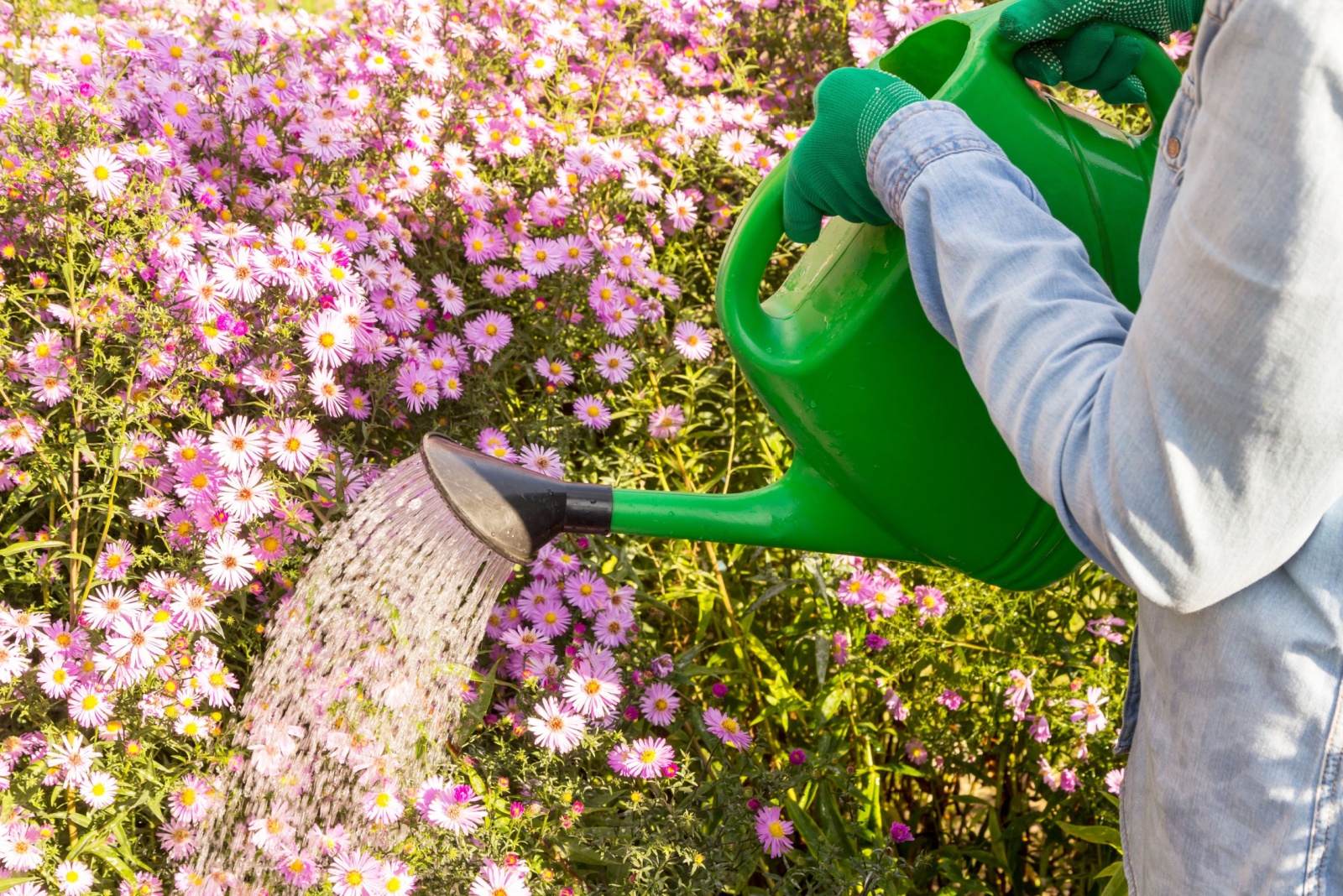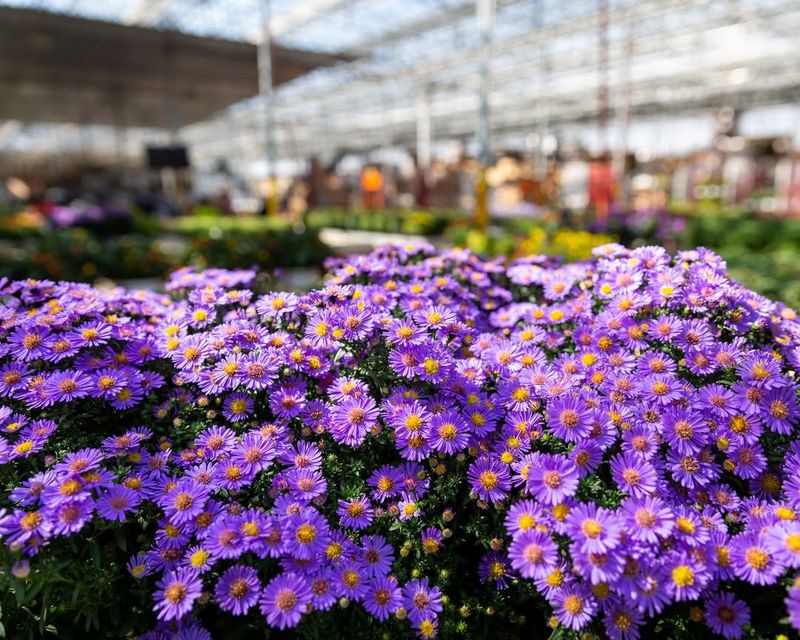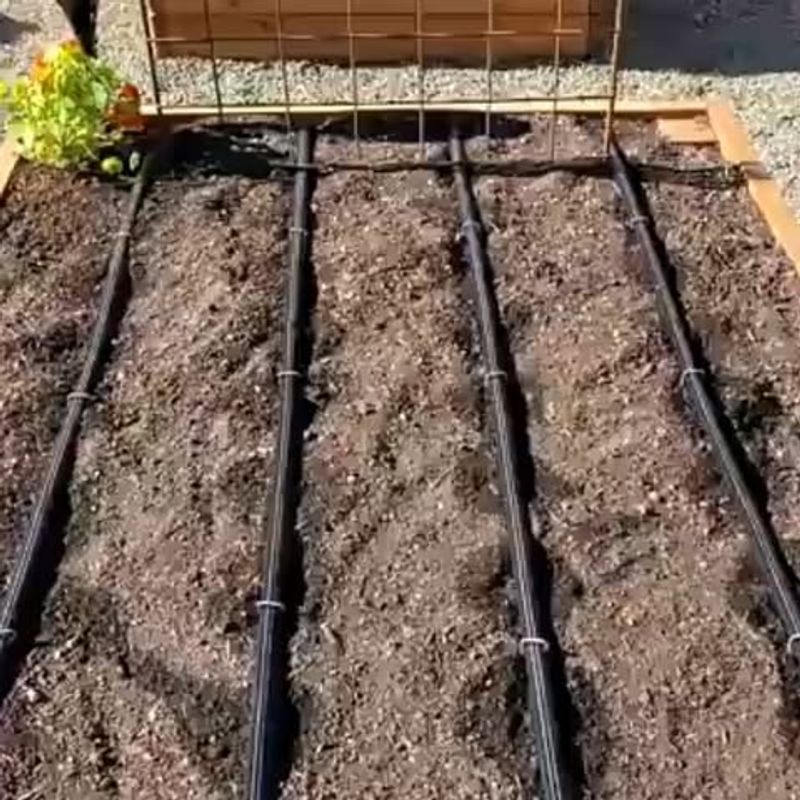Growing asters in Wisconsin can feel like a balancing act, especially when it comes to watering. Too much water and your plants might rot; too little and they’ll wilt under the summer sun.
Finding the right watering routine helps your asters stay healthy and bloom beautifully throughout the season. Let’s explore some practical tips to keep your asters thriving in Wisconsin’s unique climate.
1. Understand Your Soil Type First
Soil type plays a huge role in how often you’ll need to water your asters. Clay soil holds moisture longer, while sandy soil drains quickly and requires more frequent watering.
Wisconsin gardens often have a mix of both, so check your soil by squeezing a handful. If it clumps together and stays wet, you’ve got clay-heavy soil.
Sandy soil crumbles apart easily. Knowing this helps you adjust your watering schedule to match what your asters actually need instead of guessing.
2. Water Deeply But Less Often
Shallow watering encourages roots to stay near the surface, making plants more vulnerable during dry spells. Deep watering, on the other hand, trains roots to grow downward where moisture is more stable.
Aim to water your asters thoroughly once or twice a week rather than sprinkling them daily. In Wisconsin’s summer heat, this approach keeps roots strong and plants resilient.
Check that water penetrates at least six inches into the soil for best results.
3. Morning Watering Works Best
Timing matters more than you might think when watering asters. Early morning gives plants time to absorb moisture before the heat of the day kicks in.
Wet foliage in the evening can invite fungal diseases, which Wisconsin’s humid nights make even worse. Watering in the morning also reduces evaporation, so more water reaches the roots where it’s needed most.
Set a reminder or water right after breakfast to build a consistent routine.
4. Watch For Wilting Signs
Your asters will tell you when they’re thirsty if you know what to look for. Leaves that droop or curl inward signal that the plant needs water soon.
Don’t wait until flowers start fading, as that means stress has already set in. Wisconsin summers can be unpredictable, with sudden hot streaks that dry out soil faster than expected.
Check your plants every couple of days, especially during peak growing season, to catch early warning signs before damage occurs.
5. Mulch Helps Retain Moisture
Adding a two to three-inch layer of mulch around your asters can dramatically reduce how often you need to water. Mulch acts like a blanket, keeping soil cooler and slowing evaporation.
It also prevents weeds that compete for moisture. In Wisconsin, organic mulches like shredded bark or compost work well and break down to enrich the soil over time.
Just keep mulch a few inches away from plant stems to prevent rot.
6. Adjust For Rainfall Patterns
Wisconsin weather can shift quickly, bringing heavy rain one week and dry conditions the next. Keeping track of rainfall helps you avoid overwatering or underwatering your asters.
A simple rain gauge tells you exactly how much water your garden received. If you get an inch or more of rain, you can usually skip your next watering session.
During drought periods, increase watering frequency to compensate for what nature isn’t providing.
7. Consider Drip Irrigation Systems
Setting up a drip irrigation system takes some initial effort but pays off with consistent, efficient watering. Drip lines deliver water directly to the root zone, reducing waste and keeping foliage dry.
This is especially helpful in Wisconsin, where busy schedules or vacations can disrupt regular watering. You can even add a timer to automate the process completely.
Drip systems also conserve water, which benefits both your garden and your water bill over time.








